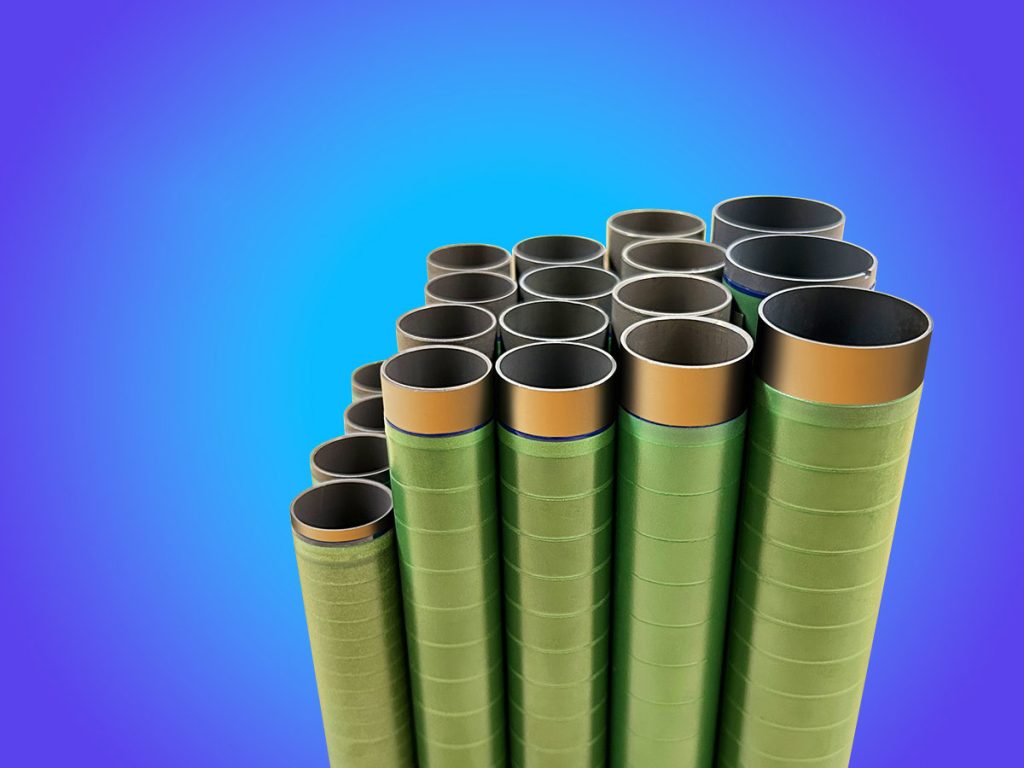Graphene-Driven Innovation: Unlocking New Possibilities in Energy Storage and Thermal Management
In recent years, graphene technology has rapidly moved from academic research into practical applications, paving the way for a new era in advanced materials. Among its most exciting commercial pathways is the integration of graphene and its derivatives into next-generation energy storage and thermal management systems. At the forefront of this transformation, a series of breakthrough products have emerged—engineered through deep technological incubation and industrial scaling—offering practical solutions in supercapacitors, lithium batteries, and thermal interface materials.

In this article, we explore a portfolio of cutting-edge graphene-enabled products—as an example of how graphene’s theoretical potential is being translated into real-world value. We will dive into their unique features, the core graphene technologies behind them, and the potential market impact across various high-performance industries.
1. Graphene-Based Supercapacitor Electrode Material: GNS-Series
Supercapacitors are known for their rapid charge-discharge cycles and long lifespan, but their energy density has historically limited widespread adoption. Enter graphene nanosheets (GNS): With ultra-high specific surface areas (over 1500 m²/g), excellent electrical conductivity, and exceptional mechanical strength, graphene is ideally suited for supercapacitor electrodes.
The GNS-Series materials feature:
-
High purity, few-layer graphene structures
-
Controlled pore size distribution
-
Tailored oxygen content to enhance wettability
These materials are not just theoretical marvels—they are already enabling:
-
High-power density modules in EVs and public transport systems
-
Backup power and UPS devices with faster charging cycles
-
Smart grid and energy storage systems needing rapid frequency regulation
Thanks to precise control over morphology and conductivity, these GNS-based electrodes can achieve specific capacitance values exceeding 300 F/g, while maintaining outstanding cycle life beyond 100,000 cycles.
2. Reduced Graphene Oxide (rGO) for Lithium Battery Cathode/Anode Enhancement
Lithium-ion batteries (LIBs) are the backbone of portable electronics and EVs. However, their performance is still constrained by limitations in electrode materials. Here, reduced graphene oxide (rGO) serves as both a conductive network and structural stabilizer.
SCarbon’s rGO additives are engineered for:
-
Enhancing electronic conductivity in cathodes (e.g., NMC, LFP)
-
Acting as an active matrix for silicon-based anodes
-
Improving mechanical integrity and reducing volume expansion
Key technical characteristics include:
-
Specific surface area ~300–500 m²/g
-
High C/O ratios for optimized conductivity
-
Scalable dispersion compatibility with aqueous and non-aqueous slurries
In practical applications, LIBs with 1–3% graphene additive have demonstrated:
-
10–15% higher capacity retention over 1000+ cycles
-
Improved low-temperature performance
-
Better fast-charging capabilities
These gains are especially vital in EV batteries where weight, durability, and energy density are mission-critical.
3. Graphene-Based Thermal Interface Material (TIM) Series
As processors and battery systems grow more powerful, efficient thermal management becomes a make-or-break factor. Graphene’s in-plane thermal conductivity—reaching up to 5000 W/m·K—makes it one of the most effective thermally conductive materials known.
SCarbon’s graphene TIMs include:
-
Graphene thermal films: Flexible, high-conductivity sheets for CPU/GPU and power modules
-
Graphene composite pastes: Dispersible in silicone or polymer matrices for precise interface bonding
-
Graphene-enhanced foams: Lightweight, form-fitting solutions for battery modules
Performance metrics of note:
-
Through-plane thermal conductivity: >10 W/m·K
-
Contact thermal resistance: as low as 0.1 °C·cm²/W
-
Operating temperature range: -40 °C to 200 °C
These materials are already in demand across:
-
5G base stations
-
Automotive power electronics
-
LED cooling systems
-
High-performance computing (HPC) hardware
Compared with traditional fillers like BN or Al₂O₃, graphene provides superior performance at lower loadings—resulting in lighter, thinner, and more efficient systems.
4. Graphene Additives for High-Performance Composites
Beyond electrochemical and thermal applications, graphene’s mechanical and barrier properties unlock enormous value in polymer composites, coatings, and structural materials.
SCarbon offers:
-
Graphene masterbatch pellets for polyolefins, ABS, and PA resins
-
Dispersible graphene powders and pastes for epoxy and PU systems
-
Functionalized graphene oxide (GO) with enhanced compatibility with polar matrices
Target outcomes include:
-
Improved tensile strength and fracture toughness
-
Superior EMI shielding and ESD properties
-
Fire retardancy and gas barrier enhancements
These products support the development of:
-
Aerospace-grade structural composites
-
Lightweight automotive panels
-
Anti-static packaging and enclosures
With even small additions (0.1–1 wt%), graphene can increase composite performance by over 30% in some formulations, all while preserving processability and recyclability.
The Technology Pipeline: From Graphene Powder to System Solutions
What sets these products apart is not only their performance, but also the technology incubation ecosystem behind them. SCarbon and its affiliates have built a vertically integrated graphene platform—from graphene oxide synthesis to functional modification, dispersion formulation, and final product engineering.
Key capabilities include:
-
Green, scalable GO synthesis with low environmental impact
-
Continuous rGO reduction lines with controlled C/O tuning
-
Surface engineering with silane, amine, or metal ion functional groups
-
Custom formulation services for specific battery chemistries or polymer systems
This enables tailored material design, not one-size-fits-all fillers—allowing graphene’s potential to be unlocked in specific end-use scenarios.
Market Impact and Strategic Outlook
As sustainability, electrification, and high-performance electronics converge, graphene-enhanced materials are no longer futuristic—they are foundational. The ability to integrate graphene into real-world products with scalable production and consistent quality is the key to commercialization.
SCarbon’s portfolio demonstrates that graphene is no longer a lab wonder, but a strategic industrial material ready for mass deployment. Whether in powering EVs, cooling next-gen chips, or reinforcing composite materials, these products show that the graphene age is not coming—it’s already here.
Let’s Build the Future Together
If you’re an R&D leader, material scientist, battery developer, or systems integrator, we invite you to collaborate on next-generation material design. With a full suite of customizable graphene solutions, SCarbon is ready to help bridge the gap between advanced material science and scalable industry needs.
To explore samples, custom development, or OEM opportunities, contact our application engineering team for tailored support.

